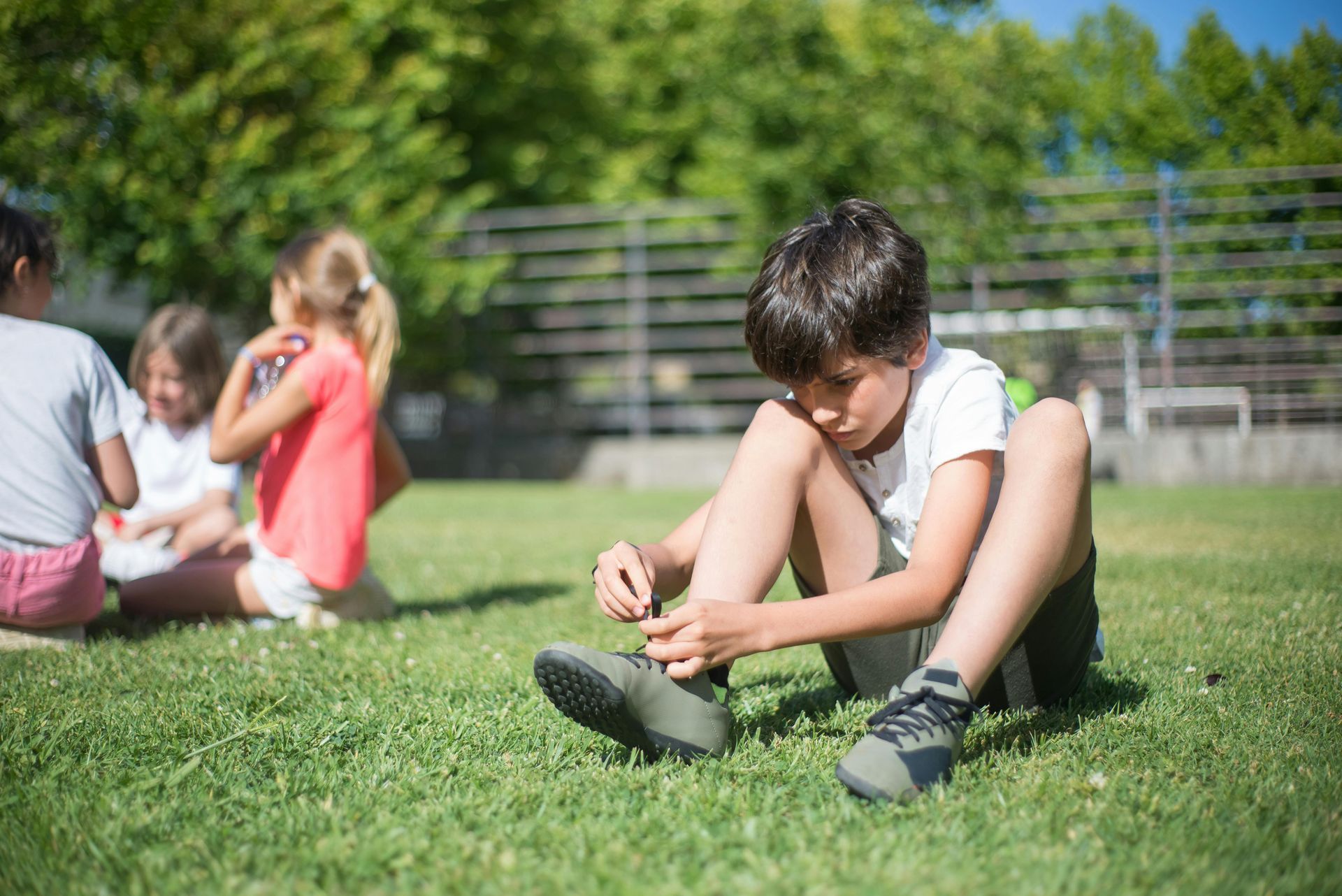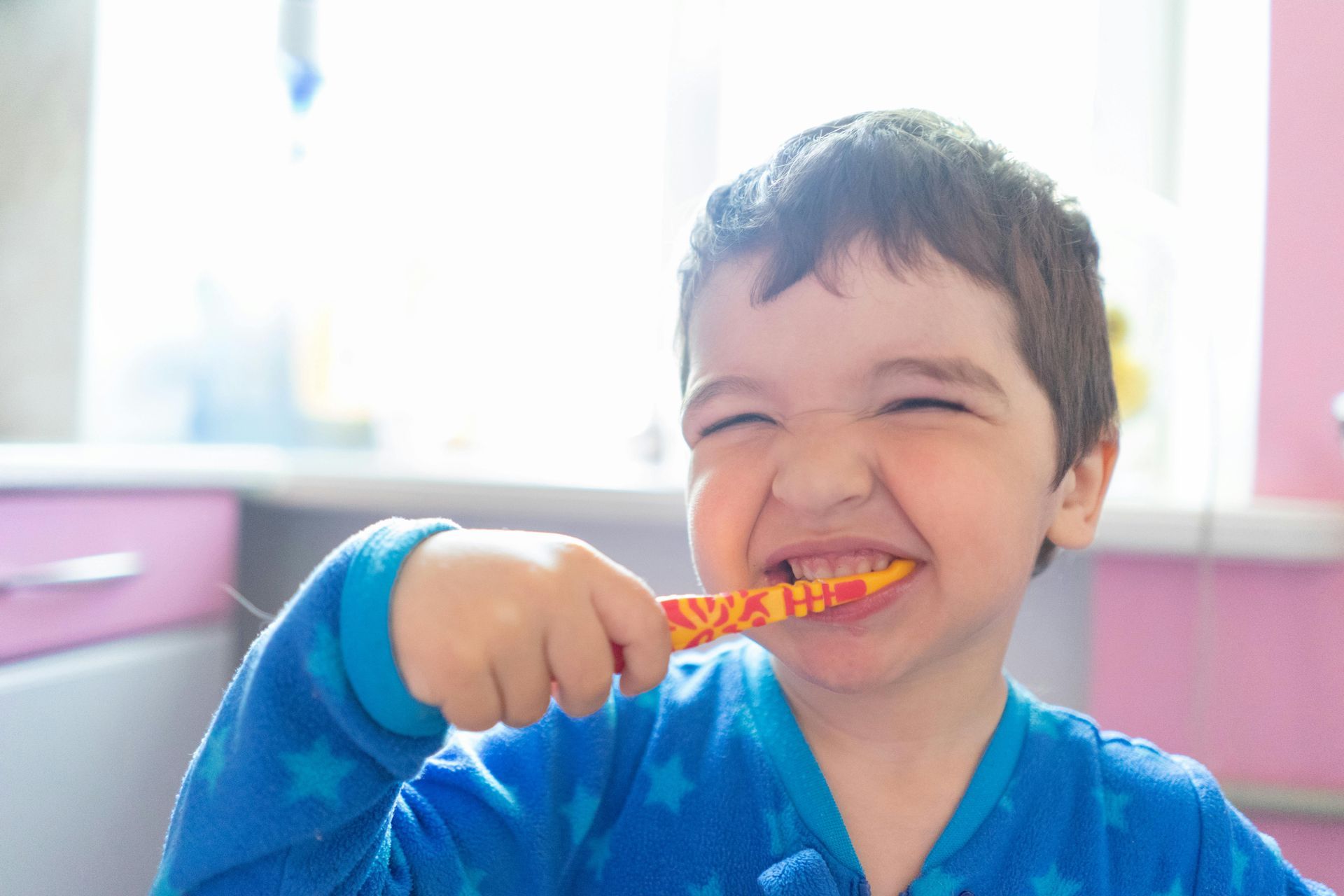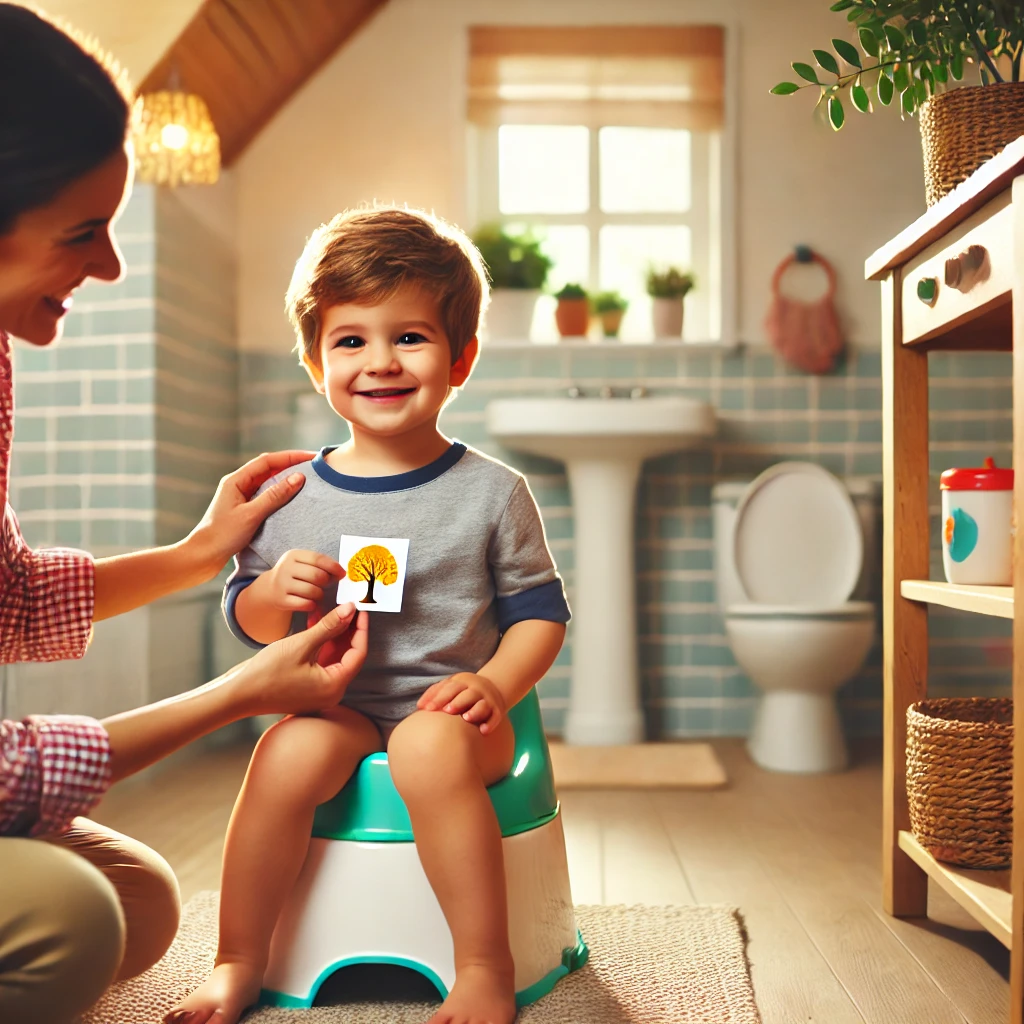What to Expect in Your Child’s ABA Assessment: A Parent’s Guide
What to Expect in Your Child’s ABA Assessment: A Parent’s Guide
Beginning ABA therapy for your child can feel like stepping into a brand-new world. You’ve heard that ABA can help build communication, social, and daily living skills. You’ve been told it can reduce challenging behaviors. But before any of that begins, there’s a very important first step: the ABA assessment.
This initial phase helps the therapy team understand your child’s strengths, needs, preferences, and how they learn best. If you're feeling unsure about what this process looks like, you’re not alone. This guide will walk you through what to expect, what it all means, and how it leads to meaningful, play-based goals for your child.
Why the Assessment Matters
ABA therapy is never one-size-fits-all. Every child with autism is unique, with their own personality, learning style, and set of experiences. The assessment allows the therapy team to get a complete picture of your child so they can design a program that meets them exactly where they are (Cooper et al., 2020).
Think of the assessment as a map. Without it, we wouldn’t know where to begin or how to measure progress. With it, we can track how your child grows over time—not just in terms of skills, but also in confidence, independence, and joy.
What Happens During the ABA Assessment?
The assessment process usually takes place over a few sessions and may happen in a clinic, home, or school setting. It’s often led by a Board-Certified Behavior Analyst (BCBA), who works with you and your child to gather a wide range of information.
Here’s what you’ll likely see:
Direct Observation of Your Child
The BCBA will spend time playing and interacting with your child. This isn’t just free play, it’s a chance to observe how your child communicates, responds to instructions, handles transitions, plays with toys, and interacts with others. This observation is key to understanding your child’s natural behavior and preferences (Leaf et al., 2021).
Skill Assessments
These assessments give a snapshot of your child’s current abilities across areas such as communication, self-care, play, learning readiness, and social interaction. Common tools include:
- The ABLLS-R (Assessment of Basic Language and Learning Skills - Revised): Focuses on basic language, academic, self-help, and motor skills (Partington, 2010).
- The VB-MAPP (Verbal Behavior Milestones Assessment and Placement Program): Assesses language and social milestones based on Skinner’s analysis of verbal behavior (Sundberg, 2008).
- The Vineland-3: A parent-interview-based assessment that looks at adaptive behavior like daily living and social skills (Sparrow et al., 2016).
These tools don’t feel like tests. Many skills are assessed through play-based activities, and your child’s comfort is always the top priority.
Preference Assessments
In ABA, motivation is everything. We want your child to feel excited to engage, so therapists will explore what toys, games, snacks, or activities your child enjoys the most. This can be as simple as placing a few toys in front of your child and watching what they gravitate toward (DeLeon & Iwata, 1996).
These preferences are then used as positive reinforcement to help teach new skills. For example, if your child loves bubbles, a therapist might use bubble time as a reward for completing a task or communicating a need.
Parent Interviews and Input
You are the expert on your child. Your insight into their routines, likes, dislikes, fears, and family goals are invaluable. During the assessment, the BCBA will ask about your child’s history, daily routines, current concerns, and what success looks like to you. This helps make sure the goals we set in therapy match your values and priorities (BACB, 2022).
Review of Medical and Educational Records
With your permission, the team may also review previous evaluations, IEPs, speech therapy notes, or medical reports to get a well-rounded understanding of your child’s development.
How Goals Are Set
Once the assessment is complete, the BCBA will write a treatment plan. This is the roadmap for your child’s therapy and outlines:
- The skills your child will work on (goals)
- The specific teaching strategies that will be used
- How progress will be measured
- The amount of therapy recommended per week
Goals are individualized and realistic, often starting small and building over time. If your child isn’t yet speaking, early goals might focus on requesting preferred items using pictures or signs. If your child has trouble with transitions, goals might include practicing moving between activities with adult support and eventually more independence (Cooper et al., 2020).
But here’s what’s just as important: goals are created with your child’s happiness and engagement in mind. That’s where play-based ABA therapy comes in.
What Is Play-Based ABA?
Play-based ABA, sometimes called natural environment teaching (NET), uses your child’s natural interests to teach new skills. Instead of rigid table work, therapy happens during playtime, snack time, or even while taking a walk (Grow & LeBlanc, 2013).
If your child loves cars, a therapist might use a racetrack to teach colors, counting, or turn-taking. If your child loves music, singing can be used to encourage imitation or following instructions. This approach creates a joyful learning environment where your child feels successful and motivated.
Play-based ABA recognizes that children learn best when they’re engaged, not when they’re pressured. And because the skills are practiced in real-life situations, they’re more likely to stick.
What About Behavior Concerns?
If challenging behavior is a concern, the assessment will include a functional behavior assessment (FBA). This helps us figure out the why behind behaviors like aggression, self-injury, or tantrums (Hanley et al., 2003).
Rather than labeling a behavior as “bad,” we explore what your child is trying to communicate through it. Are they trying to escape something uncomfortable? Get attention? Ask for something they don’t yet have the words for?
Once we understand the function of the behavior, we can teach safer, more effective ways for your child to get their needs met.
How You Can Prepare as a Parent
This process can feel emotional, especially when you’re asked about areas where your child struggles. But remember: the purpose of the assessment is to build support, not to judge. It’s okay to feel a mix of hope, nerves, and even sadness. You’re not alone.
Here are a few tips to help:
- Be honest about what your child does well and where they need support.
- Share your biggest concerns and your biggest hopes.
- Ask questions at any time. Your understanding matters.
- Bring your child’s favorite toy or comfort item to the sessions.
- Know that your child doesn’t need to “perform.” Therapists are trained to meet your child where they are.
Final Thoughts
The ABA assessment is the starting point of your child’s therapy journey. While it may seem overwhelming at first, it’s really about building a bridge between your child’s current abilities and the bright future you envision for them. With care, playfulness, and science on your side, you’re setting the stage for progress that matters.
Most importantly, know this: You are a vital part of the team. Your love, your insight, and your involvement will shape every step forward.
References
Behavior Analyst Certification Board (BACB). (2022). BCBA Task List (6th ed.). https://www.bacb.com
Cooper, J. O., Heron, T. E., & Heward, W. L. (2020). Applied behavior analysis (3rd ed.). Pearson.
DeLeon, I. G., & Iwata, B. A. (1996). Evaluation of a multiple-stimulus presentation format for assessing reinforcer preferences. Journal of Applied Behavior Analysis, 29(4), 519–533. https://doi.org/10.1901/jaba.1996.29-519
Grow, L. L., & LeBlanc, L. A. (2013). Teaching receptive language skills: Recommendations for instructors. Behavior Analysis in Practice, 6(1), 56–75. https://doi.org/10.1007/BF03391792
Hanley, G. P., Iwata, B. A., & McCord, B. E. (2003). Functional analysis of problem behavior: A review. Journal of Applied Behavior Analysis, 36(2), 147–185. https://doi.org/10.1901/jaba.2003.36-147
Leaf, J. B., Cihon, J. H., Ferguson, J. L., Milne, C. M., & Leaf, R. (2021). Contemporary ABA: The Science of Behavior Analysis. Sloan Publishing.
Partington, J. W. (2010). The assessment of basic language and learning skills-revised (The ABLLS-R). Behavior Analysts, Inc.
Sparrow, S. S., Cicchetti, D. V., & Saulnier, C. A. (2016). Vineland Adaptive Behavior Scales, Third Edition (Vineland-3). Pearson.
Sundberg, M. L. (2008). The verbal behavior milestones assessment and placement program: The VB-MAPP. AVB Press.











